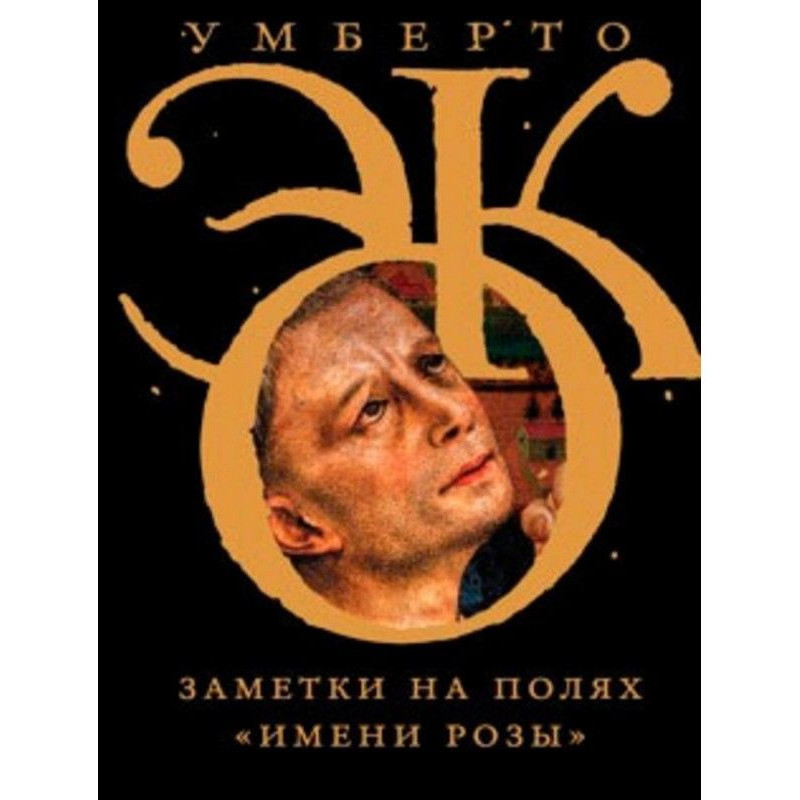Germany. In the cycle of the fascist swastika
 Instant download
Instant download
after payment (24/7)
 Wide range of formats
Wide range of formats
(for all gadgets)
 Full book
Full book
(including for Apple and Android)
The book by the famous Russian sociologist, theorist and representative of right-wing National Bolshevism I. V. Ustryalov (1890–1937) was first published in 1933. And in the same year, as we know, Hitler came to power in a completely legal, constitutional way (on January 30, 1933, he was appointed chancellor). The study belongs to a number of landmark works on the history of German National Socialism that have been inaccessible for many years. The book removes the veil of mystery from the aspirations of Nazi leaders, forces the reader to rethink not only the history of Germany after 1918, but also to take a fresh look at the events of the 1930s in the context of world history. Before us is the German National Socialist Revolution - through the eyes of a radical dissident accused on September 14, 1937 of “espionage, counter-revolutionary activities and anti-Soviet agitation” and executed on the same day.
Data sheet
- Name of the Author
- Николай Устрялов Васильевич
- Language
- Russian
Reviews
Глибоке та провокаційне дослідження
Книга "Німеччина. У кругообігу фашистської свастики" є надзвичайно важливим внеском у розуміння історії націонал-соціалізму та його впливу на світову політику. І. В. Устрялов, як свідок подій, які відбувалися в Німеччині на початку 30-х років, пропонує читачеві унікальний погляд на становлення фашистського режиму та його ідеологічні основи. Його аналіз не лише розкриває механізми, за допомогою яких Гітлер прийшов до влади, але й підкреслює соціальні та політичні умови, які цьому сприяли. Книга спонукає до роздумів про природу влади, маніпуляції масами та небезпеки, які можуть виникнути, коли суспільство втрачає критичне мислення. Це важливе читання для всіх, хто цікавиться історією, політикою та соціологією, адже воно нагадує про уроки минулого, які не можна забувати
















